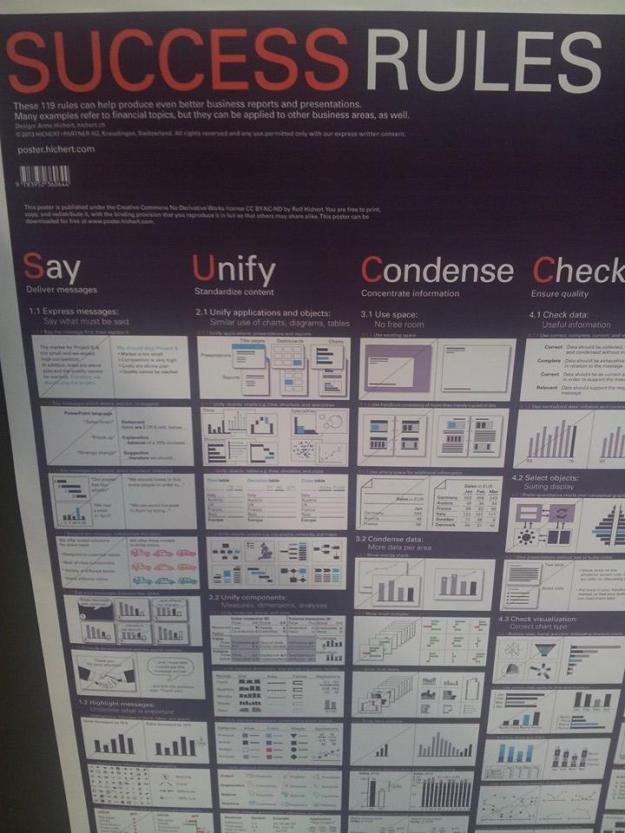Google announced an experimental Android-powered smartphone with powerful 3D sensors called Project Tango on Thursday. The phone is the latest project out of Google’s Advanced Technology and Projects (ATAP) group.
„The goal of Project Tango is to give mobile devices a human-scale understanding of space and motion,“ Johnny Lee, ATAP’s technical program lead, wrote in a Google+ post announcing the project.
The 5-inch phone will run Android and be equipped a series of 3D sensors capable of taking more than a quarter of a million measurements each second. Google envisions these sensors will have a number of applications from gaming to indoor navigation.
The phone is still in early stages of development, and the first prototypes will only be available to a limited group of developers. The first 200 prototypes, which Google expects to be distributed by mid-March, will go to a group of developers hand-picked by Google.
Google says many of those first devices will go to companies focusing on creating gaming, data processing and navigation and mapping application, but some units have been set aside for „applications we haven’t thought it yet,“ Google said. Interested developers can sign up on Project Tango’s website for a chance at getting one of the early prototypes.
Project Tango, though experimental, will likely play a big role in the upcoming Google I/O Developer Conference, which will take places from June 25 to 26.
source: http://mashable.com/2014/02/20/google-project-tango/?utm_cid=mash-com-fb-main-link


